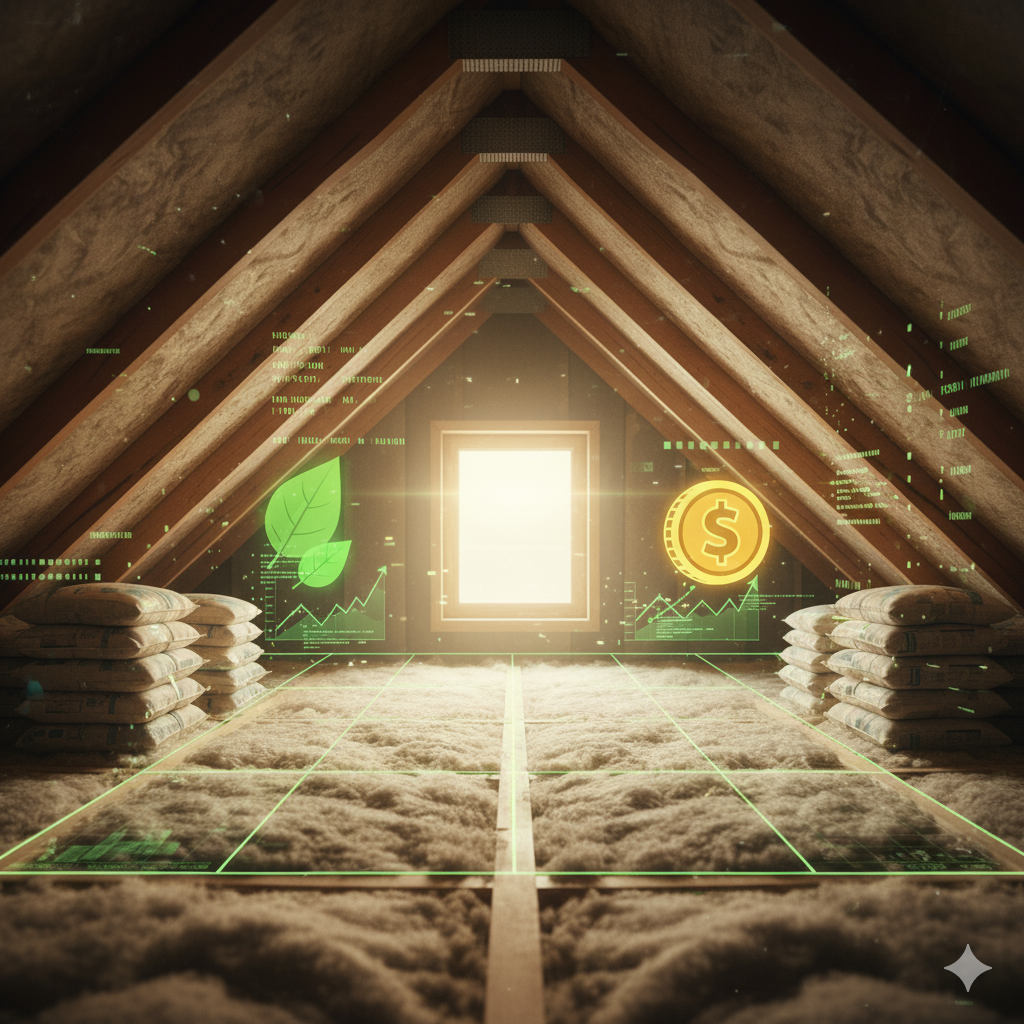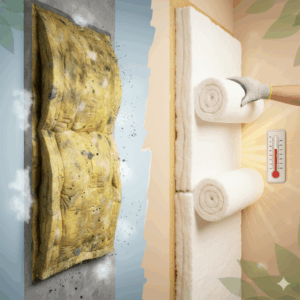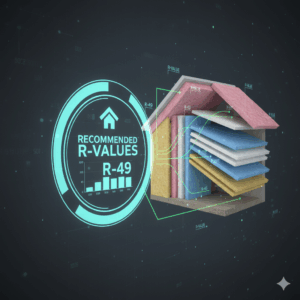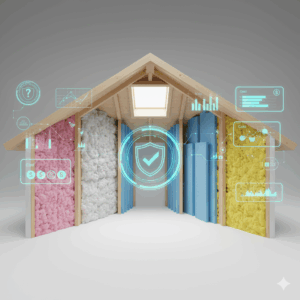Understanding attic insulation costs is essential for homeowners planning upgrades or replacements. The cost to put insulation in attic varies depending on material type, size, installation complexity, and regional labor rates. Factors such as insulation thickness, R-value, and accessibility also influence total pricing. Proper assessment ensures homeowners make cost-effective decisions that improve energy efficiency and indoor comfort.
Factors Affecting Attic Insulation Cost
Several variables determine the final insulation cost. Material type is the most significant factor; fiberglass batts, blown-in cellulose, spray foam, and mineral wool all differ in price and performance. Labor, attic accessibility, and the need for additional air sealing also influence costs. Homeowners planning comprehensive upgrades often consider home insulation services to ensure professional evaluation and installation. Choosing reliable home insulation services guarantees accurate measurements, proper material selection, and optimal coverage. Understanding these factors helps homeowners plan accurately and avoid unexpected expenses.
Comparing Attic Insulation Materials
Material selection heavily impacts both initial costs and long-term value. Fiberglass batts are cost-effective, while spray foam offers higher R-values at a premium price. Blown-in cellulose provides a balance of affordability and energy efficiency, and mineral wool offers superior fire resistance and soundproofing. Homeowners can refer to Does My Attic Have Enough Insulation? to determine if their current attic insulation is sufficient before upgrading.
Average Cost per Material
| Material | Average Cost per Sq Ft | Advantages | Disadvantages |
| Fiberglass Batt | $0.40 – $1.50 | Easy to install, affordable | Requires proper installation |
| Blown-in Cellulose | $1.00 – $2.50 | Fills gaps well, eco-friendly | Settles over time |
| Spray Foam | $1.50 – $3.50 | High R-value, seals air leaks | High upfront cost |
| Mineral Wool | $1.50 – $3.00 | Fire-resistant, soundproof | Higher cost than fiberglass |
For more detailed insights into different insulation options, Types Of Attic Insulation Materials explains the characteristics, pros, and cons of each type.
Cost to Put Insulation in Attic
The cost to put insulation in attic is affected by size, accessibility, and the depth of insulation required. Larger attics require more materials and labor, increasing the total cost. Additional work like sealing gaps or ventilation improvements can also raise expenses. Homeowners can use How Much Attic Insulation Do I Need? to calculate the precise amount required for their home.
Removing Old Insulation
Sometimes old or damaged insulation must be removed before installing new insulation. Removal costs depend on material type, contamination, and disposal requirements. Understanding the financial implications is crucial, and Attic Insulation Removal Cost: Complete Overview provides a complete guide to these expenses. Proper removal ensures optimal performance of the new insulation.
Regional Variations in Attic Insulation Costs
Insulation pricing can vary by region due to differences in labor rates, material shipping costs, and local building codes. Urban areas may have higher labor costs, while rural areas may experience additional transportation fees. Climate also impacts the required R-value, affecting both material and installation costs. For homeowners planning comprehensive upgrades, Pros & Cons Of Attic Insulations offers guidance on balancing cost with insulation effectiveness.
DIY vs. Professional Installation
Some homeowners consider DIY installation, especially for fiberglass or cellulose insulation. However, spray foam insulation typically requires professional expertise. Hiring a qualified insulation contractor ensures proper installation, compliance with safety standards, and maximum energy efficiency. Consulting Blown-in Insulation vs. Batt Insulation: Pros and Cons helps homeowners understand the differences in installation methods and associated costs.
Long-Term Benefits and ROI
While initial attic insulation cost may appear significant, long-term energy savings often outweigh upfront expenses. Proper insulation reduces heating and cooling bills, improves indoor comfort, and increases property value. Evaluating both cost and benefit is critical, and What is the Costs of Attic Insulation helps homeowners plan effectively for long-term financial gains.
Estimated Costs by Attic Size
| Attic Size | Fiberglass Batt | Blown-in Cellulose | Spray Foam | Mineral Wool |
| 500 sq ft | $200 – $750 | $500 – $1,250 | $750 – $1,750 | $750 – $1,500 |
| 1,000 sq ft | $400 – $1,500 | $1,000 – $2,500 | $1,500 – $3,500 | $1,500 – $3,000 |
| 1,500 sq ft | $600 – $2,250 | $1,500 – $3,750 | $2,250 – $5,250 | $2,250 – $4,500 |
Homeowners should also review When Does Attic Insulation Need To Be Replaced? to understand when older insulation may no longer perform efficiently.
Energy Efficiency and Environmental Impact
Proper insulation reduces the workload on HVAC systems, improving overall energy efficiency. Homes with well-insulated attics maintain stable indoor temperatures, reduce drafts, and improve indoor air quality. Evaluating insulation costs alongside potential energy savings ensures long-term value and sustainability. For integrating these systems effectively, How Smart Home Systems Integrate With HVAC and Indoor Air Improvements explores ways modern home technologies work with insulation.
Conclusion
Understanding the attic insulation cost is crucial for planning energy-efficient upgrades and maintaining indoor comfort. Material choice, attic size, installation method, and regional factors all influence total cost. Professional installation guarantees optimal performance, energy savings, and long-term comfort. Homeowners can trust Guardian Home Energy for expert guidance, precise cost estimation, and high-quality home insulation services.
FAQs
- What is the average cost of attic insulation?
Costs range from $0.40 to $3.50 per square foot depending on material, attic size, and installation complexity.
- Does old insulation need to be removed before installing new insulation?
Yes, removal is recommended if existing insulation is damaged, compressed, or contaminated.
- Which insulation type is most cost-effective?
Blown-in cellulose provides a balance of cost and energy efficiency, but selection depends on home needs.
- Can I install attic insulation myself?
DIY installation is possible for some materials, but spray foam requires professional certification.
- How does attic insulation impact energy bills?
Properly installed insulation can significantly reduce heating and cooling costs, often paying for itself over time.





